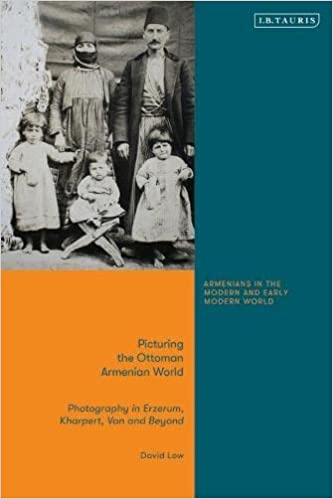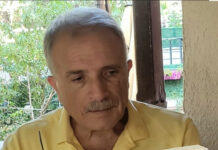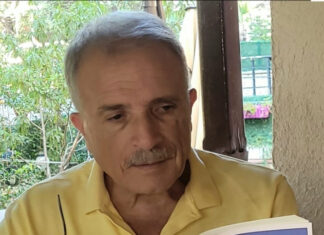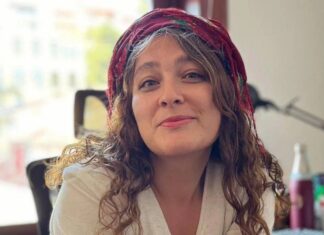LONDON/NY — I. B.Tauris, an imprint of Bloomsbury Publishing, has announced the publication of Dr. David Low’s book Picturing the Ottoman Armenian World: Photography in Erzerum, Harput, Van and Beyond as part of the series Armenians in the Modern and Early Modern World.
The Armenian contribution to Ottoman photography in the last decades of the empire has been well-documented. Studios founded and run by Armenian Ottomans in Istanbul contributed to the exciting cultural flourishing of Ottoman ‘modernity’, before its dissolution after World War I. Less known however are the pioneering studios from the east in the empire’s Armenian heartlands, whose photographic output reflected and became a major form of documenting the momentous events and changes of the period, from war and revolution to persecution, migration and ultimately, genocide.
This book examines photographic activity in three Armenian cities on the Armenian plateau: Erzurum, Kharpert and Van. It explores how indigenous photography was rooted in the seismic social, political, and cultural shifts that shaped Armenian lives during the Ottoman Empire’s last four decades. Arguing that photographic practice was marked by the era’s central movements, it shows how photography was bound-up in Armenian educational endeavors, mass migration and revolutionary activity. Photography responded to and became the instrument of these phenomena, so much so that it can be shown that they were responsible for the very spread of the medium through the Armenian communities of the Ottoman East and the rapid increase in photographic studios. Contributing to growing interest in Ottoman and Middle Eastern photographic history, the book also offers a valuable perspective on the history of Armenians in the Ottoman Empire.
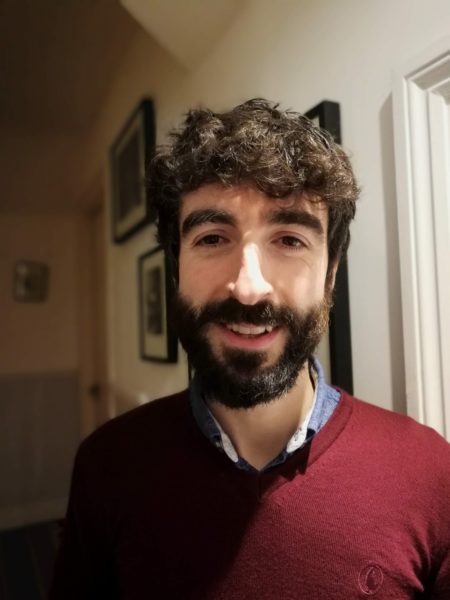
“Like many works with an Armenian focus, this is a book written in response to absence. Armenians are widely acknowledged as being central to photography in the Ottoman Empire, and yet the stories of Armenian photographers, their lives and their images, remain largely unwritten,” Dr. Low said. “However, rather than produce a history of photography in the conventional art historical mode, my aim has been to write what might be termed a photographic history, a history that uses the lives of photographers and, moreover, their subjects and images as a means of entering and exploring a wider history of Armenians in the Ottoman East,” he continued. “While written in response to absence, the book endeavors to avoid the prevalent notion of photographs as the vestiges of a lost world. It approaches them instead as the creations of a vibrant world and the products of lives being lived. Its central preoccupation is how we might write productively about photographs and what sort of histories might be produced when we closely study, scrutinize and converse with them.”
Reviews of the book:
“Picturing the Ottoman Armenian World powerfully fills the most glaring lacunae in photography studies of the Middle East: a critical and rigorous deep dive into the central role of the Armenians in the history of Armenians in the history of Ottoman photography. Low gifts us a scrupulous and erudite social and art history of Armenian photography that promises not only to change how we think of Ottoman visual culture but also shakes how we understand the history of photography writ large.” Stephen Sheehi, Wellesley College, USA



